How to price custom wooden artwork?
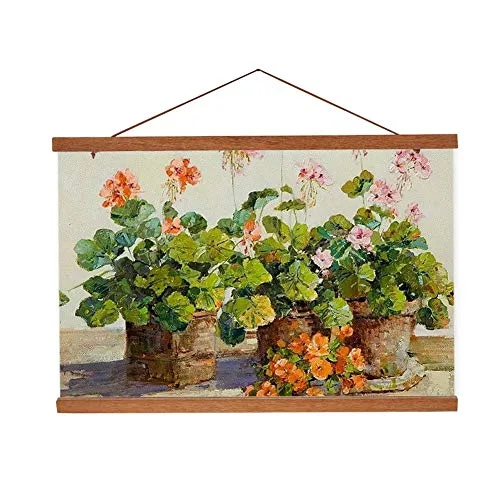
In our step-by-step guide on “How to price custom wooden artwork,” we aim to assist artists and craftspeople in determining the pricing for their unique and handcrafted wooden creations. Custom wooden artwork requires careful consideration of various factors to ensure fairness to both the artist and the customer. By following our guide, you will gain insights on evaluating the cost of materials, determining the value of your time and expertise, and considering market demand. Ultimately, our guide will help you establish reasonable and competitive prices for your custom wooden artwork, allowing you to thrive as a skilled artisan.
Top-Selling Handcrafted Wooden Masterpieces
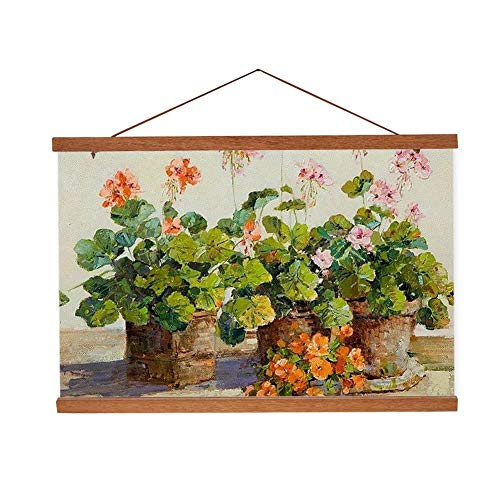
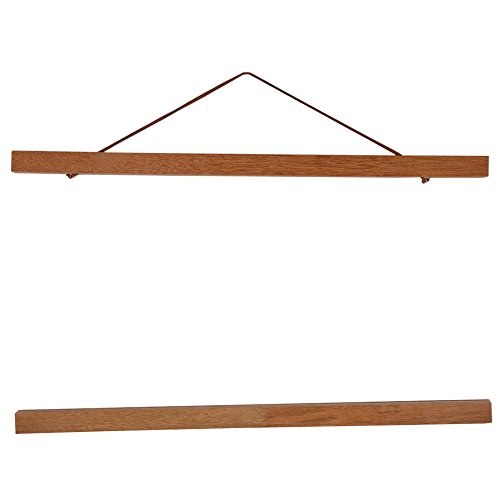
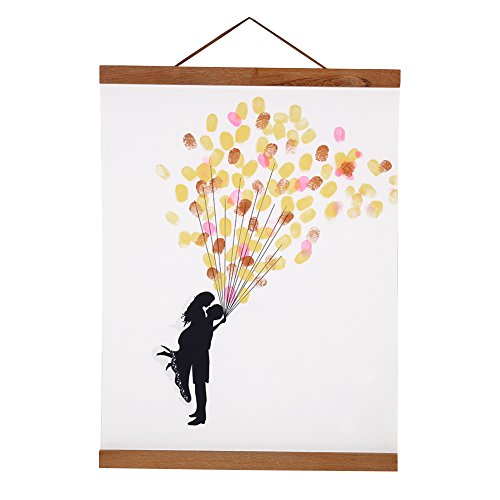
Research the market
To begin researching the market and understanding pricing trends for custom wooden artwork, we suggest following these easy steps:
- Identify similar products: Start by finding other custom wooden artwork pieces that are similar to what you offer. Look for products that share similar materials, craftsmanship, and design elements. This will give you a basis for comparison.
- Explore different platforms: Visit various online marketplaces, such as Etsy, Amazon Handmade, or local craft websites, to see what similar products are being sold for. Take note of the price ranges, especially for artworks that are similar in size and complexity to your own.
- Attend local art fairs or exhibitions: Engage with the art community in your area by attending events where custom wooden artwork is displayed and sold. This will give you an opportunity to see firsthand what prices artists are setting for their pieces and how customers are responding.
- Seek feedback from potential customers: Reach out to your target audience or potential customers and ask for their opinion on pricing. You can conduct surveys or interviews to understand what they perceive as fair and reasonable prices for custom wooden artwork. This feedback will help you align your pricing strategy with customer expectations.
- Consider production costs and profit margins: While researching the market, keep in mind your own production costs and desired profit margins. Understanding how much it costs to create each piece will help you set realistic prices that cover your expenses and ensure a sustainable business.
By following these steps and diving into market research, you’ll gain valuable insights into pricing trends for custom wooden artwork. This knowledge will enable you to set competitive prices that attract customers while maintaining a profitable business.
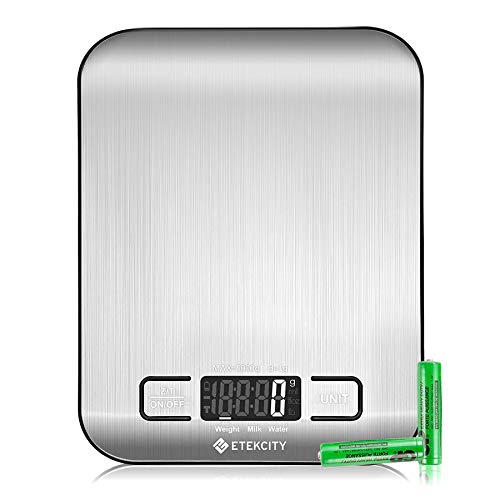
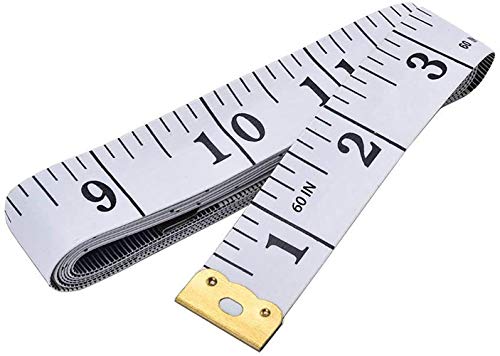
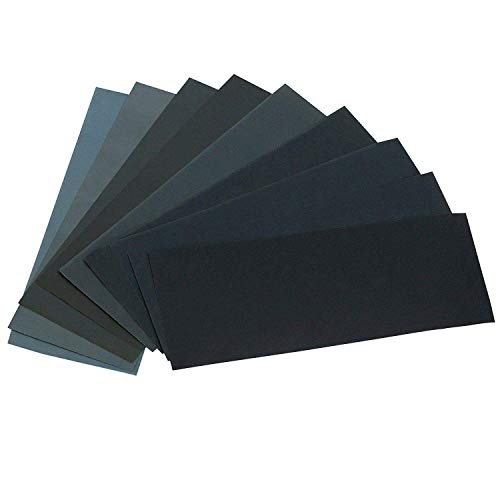
Calculate your costs
To determine all the costs involved in creating your custom wooden artwork, follow these simple steps:
- Start by identifying the materials you will need for your artwork. This may include the wood itself, paints, varnishes, brushes, sandpaper, or any other supplies specific to your project. Make a list of all these items and their corresponding prices.
- Next, consider the labor involved in creating your artwork. Estimate the amount of time it will take you or your team to complete the project and determine an appropriate hourly rate. Multiply the hours worked by the hourly rate to calculate the labor cost.
- Don’t forget about overhead expenses! This includes any costs associated with running your workspace, such as rent, utilities, insurance, or equipment maintenance. Divide these costs by the number of artworks you plan to create to determine the overhead cost per piece.
- Additionally, take into account any additional costs such as shipping or packaging. Research the shipping rates or packaging materials you will need and include these expenses in your calculations.
By adding up all these costs – materials, labor, overhead expenses, and any additional costs – you will establish a baseline for your pricing. This will ensure that you cover all your expenses and make a fair profit from your custom wooden artwork.
Consider your time and expertise
Factor in the time and expertise required to create your custom wooden artwork. When pricing your pieces, it’s important to consider the value of your craftsmanship and the uniqueness of your creations. Take into account the hours you spend designing, carving, and finishing each piece, as well as the knowledge and skills you have acquired over time.
For example, let’s say you’re creating a custom wooden sculpture. Think about the time it takes to conceptualize the design, select the right type of wood, and carefully carve and shape it. Consider the precision and attention to detail required to achieve the desired outcome. Your pricing should reflect the expertise and effort put into creating something truly one-of-a-kind.
Similarly, if you’re making custom wooden furniture, factor in the time it takes to measure, cut, assemble, sand, and finish each piece. Remember that your customers are not just purchasing furniture, but also the expertise and craftsmanship that goes into making it. By pricing your work accordingly, you not only ensure fair compensation for your time and skills but also convey the value of owning a unique, handcrafted piece.
In summary, when determining the price of your custom wooden artwork, it’s crucial to consider the time and expertise involved. By reflecting the value of your craftsmanship and the uniqueness of your pieces, you can establish a fair price that both compensates your effort and communicates the worth of your creations to potential buyers.
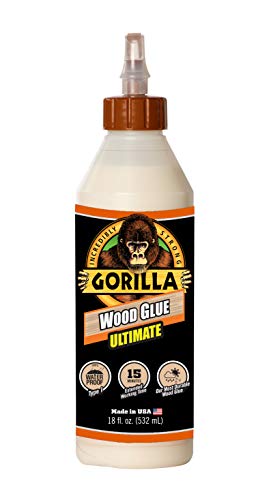
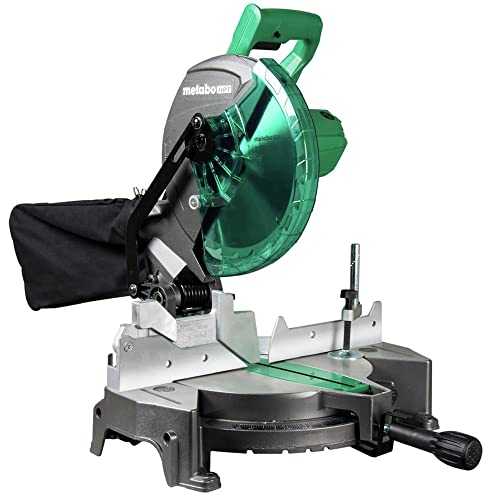
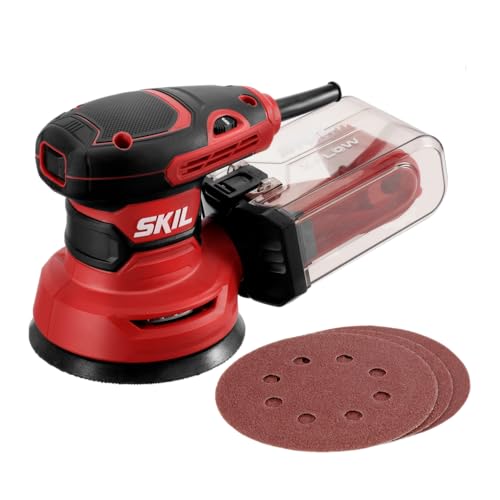
Assess the demand
To evaluate the demand for custom wooden artwork in your target market, there are a few steps you can take. Here’s a guide on how to assess the demand effectively:
- Research your target market: Start by understanding your potential customers. Identify their preferences, interests, and buying behaviors. Look for trends and patterns in the market that can indicate a demand for custom wooden artwork. For example, if your target market consists of interior design enthusiasts who appreciate unique and handcrafted pieces, there may be a higher demand for your artwork.
- Conduct market surveys: Engage with your target market by conducting surveys or questionnaires to gather feedback. Ask questions about their interest in custom wooden artwork, their willingness to pay for such pieces, and their overall demand for handmade products. This will help you gauge the level of demand and understand what price range your target market is willing to accept.
- Analyze competition: Study your competitors in the custom wooden artwork market. Look at their pricing strategies and the demand for their products. If you find that their artwork is in high demand and there is limited supply, it may indicate that you can price your pieces higher. On the other hand, if you notice that the demand is low or that there is a surplus of similar artwork, you may need to adjust your pricing accordingly.
- Test the market: Consider creating a few samples or prototypes of your custom wooden artwork and showcasing them to your target market. This can be done through exhibitions, local events, or even online platforms. Monitor the response and interest generated by these samples to gain insights into the demand for your specific style and designs.
Remember, assessing the demand is an ongoing process, and it’s essential to stay updated with market trends and customer preferences. By evaluating the demand for custom wooden artwork, you can make informed decisions about pricing and positioning your products in the market. Good luck!
Set competitive prices
To set competitive prices for your custom wooden artwork and attract customers, here are some practical steps you can follow:
- Research the market: Start by investigating the prices of similar custom wooden artwork in the market. Look for both online and offline platforms to get a comprehensive understanding of the price range.
- Analyze your costs: Determine the costs involved in producing your artwork, including materials, labor, overheads, and any other relevant expenses. This will help you establish a baseline for setting your prices.
- Assess your value proposition: Consider the unique features, quality, and craftsmanship of your custom wooden artwork. Identify what sets your products apart from competitors and why customers would choose yours. This will enable you to determine the value you are offering and adjust your prices accordingly.
- Set competitive but profitable prices: Strike a balance between competitiveness and profitability. Aim to offer prices that are attractive to customers while ensuring you can cover your costs and make a reasonable profit. Consider offering introductory discounts or promotional prices to entice new customers.
- Monitor and adjust: Regularly evaluate your pricing strategy and monitor the market trends. Adjust your prices if necessary to stay competitive and maintain a profitable business.
By following these steps, you can set competitive prices for your custom wooden artwork and effectively attract customers to your business.
Consider your target audience
When considering your target audience, it is crucial to take into account their preferences and purchasing power. Understanding the specific needs and desires of your audience will help you tailor your offerings to meet their expectations effectively. For example, if your custom wooden artwork caters to a niche market or high-end clientele, you may be able to price your pieces accordingly. This means that you can create unique and premium pieces that justify a higher price point, targeting customers who value exclusivity and are willing to pay for it.
To better understand your target audience’s preferences and purchasing power, we recommend following these steps:
- Conduct market research: Gather information about your target audience’s demographics, interests, and spending habits. This can be done through surveys, interviews, or analyzing existing data.
- Analyze competitors: Study what your competitors are offering and how they are pricing their products within the same target market. This will help you gauge the expectations and pricing norms within your niche.
- Seek customer feedback: Engage with your existing customers and collect their feedback on your products and pricing. This valuable input will provide insights into whether you are meeting their expectations or if adjustments are needed.
- Continuously monitor the market: Stay updated on industry trends, shifts in consumer preferences, and changes in purchasing power. This information will allow you to adapt your offerings and pricing strategies accordingly.
Remember, understanding your target audience is an ongoing process. Regularly evaluating their preferences and purchasing power will help you stay ahead of the competition and ensure that your custom wooden artwork remains appealing and profitable.
Regularly review and adjust
Regularly reviewing and adjusting your pricing strategy is crucial to staying competitive and profitable in the market. Here’s what you need to do:
- Monitor market trends: Stay updated on industry trends, competitor pricing, and market conditions. Analyze how these factors impact your pricing strategy and adjust accordingly.
- Seek customer feedback: Regularly gather feedback from your customers to understand their perception of your pricing. Are they finding it too high? Are they willing to pay more for additional value? Use this information to make informed decisions about adjusting your prices.
- Analyze your costs: Keep a close eye on your own costs and expenses. If your costs increase, you may need to adjust your pricing to maintain profitability. Regularly review your cost structure and consider if any changes are necessary.
- Evaluate your pricing strategy: Regularly assess the effectiveness of your pricing strategy. Are you achieving your desired profit margins? Are you attracting the right customers? If not, make adjustments to optimize your pricing approach.
Remember, pricing is not a one-time decision. It requires ongoing evaluation and adjustment to ensure you are meeting the needs of your customers while also achieving your business goals.
The Final Word
In conclusion, pricing custom wooden artwork requires a comprehensive approach that takes into account various factors. We need to conduct thorough market research, calculate costs accurately, factor in our time and expertise, evaluate demand, set competitive prices, understand our target audience, and regularly review and adjust our pricing strategy. By following these steps, we can ensure that our pricing is fair, profitable, and attractive to potential customers. Remember, finding the right balance between price and value is crucial in the world of custom wooden artwork.

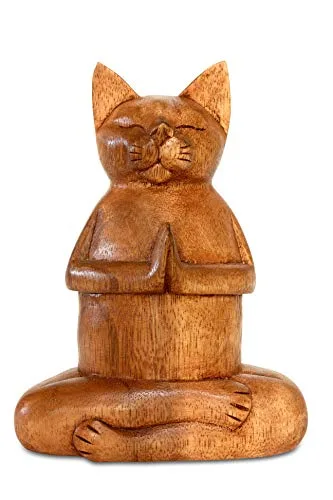
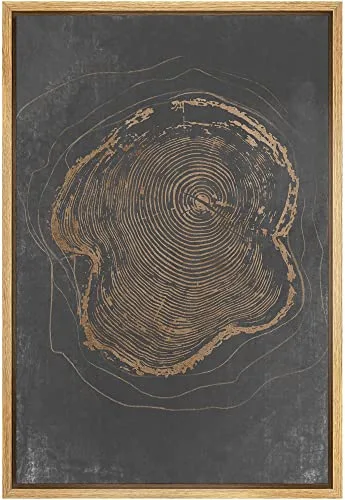
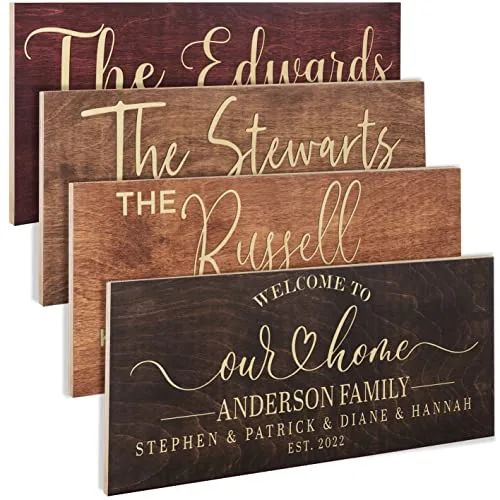
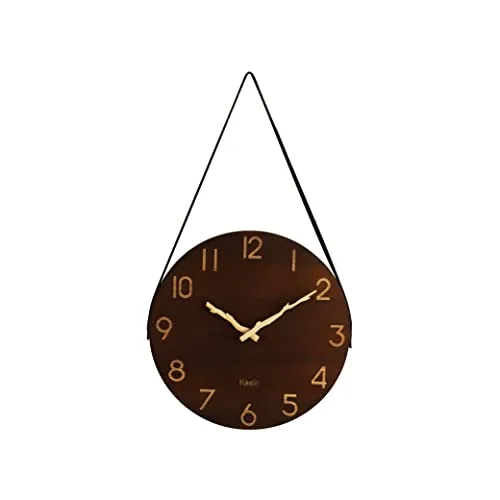
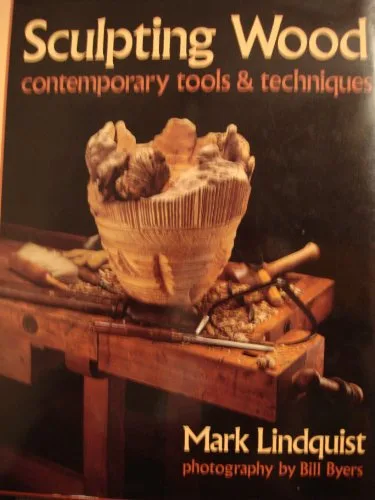
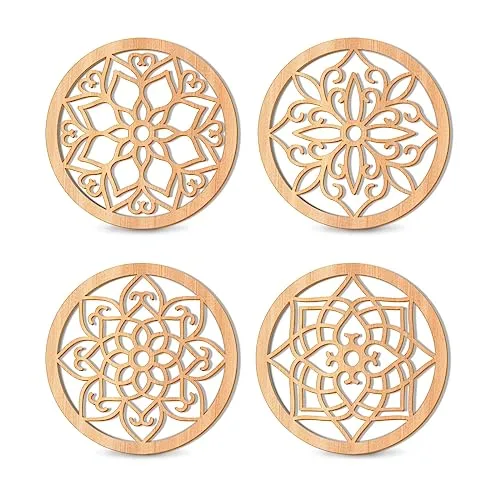
Thank you for sharing your experience! Researching the market is indeed an important step to understand the pricing landscape and identify opportunities. It’s great that you were able to use this information to your advantage. Keep up the good work!
I found that researching the market was a crucial step in determining the pricing for my custom wooden artwork. By looking at similar products and their prices, I was able to get a sense of what customers were willing to pay. It also helped me identify any gaps in the market where I could offer unique pieces at higher prices. Great guide!